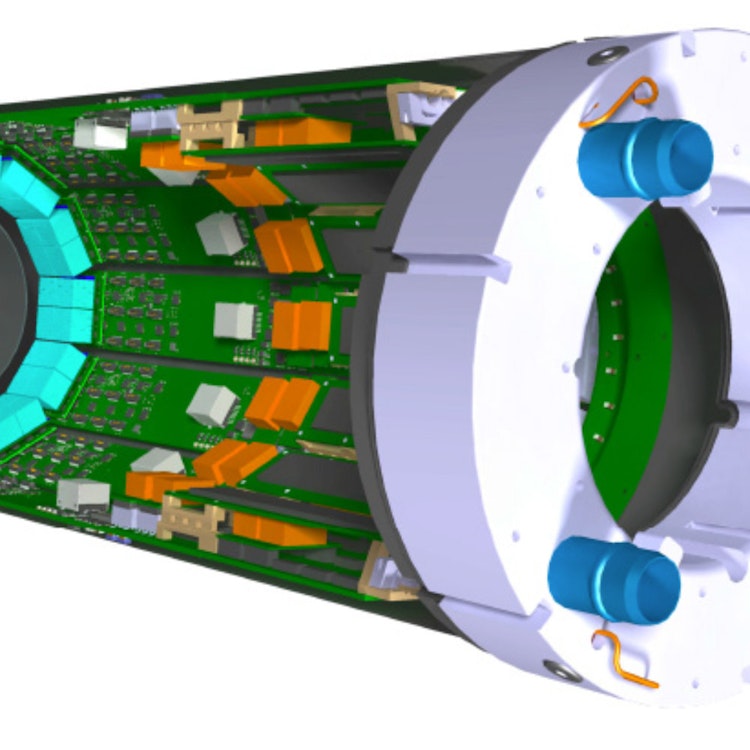
Initial Characterization of the SAFIR Prototype PET-MR Scanner
The SAFIR collaboration is currently developing a high-rate positron emission tomography (PET) insert to study fast kinetic processes in small animals. Our insert is designed for simultaneous image acquisition with a preclinical 7 T magnetic resonance (MR) imaging device. In contrast to existing preclinical PET scanners and inserts, our hardware is optimized for high-rate measurements with source activities up to 500 MBq. As a first step, the SAFIR Prototype insert was constructed. This already incorporates the final components, but has a reduced axial field-of-view (35.6 mm). We use lutetiumyttrium oxyorthosilicate crystals (2.12 mm × 2.12 mm × 13 mm) one-to-one coupled to silicon photomultipliers. All analog signals are digitized within the insert. We use 49 MR-compatible dc– dc converters in the insert to provide the power to all readout of the static B0 field in the MR scanner was observed. During full operation, we saw a minor reduction in the signal-to-noise ratio of the MR data of 4.9%. With a low activity point source (22Na 0.65 MBq) we obtained a coincidence energy resolution of 13.8% full width at half maximum (FWHM) and a coincidence timing resolution of 194 ps (FWHM). First PET/MR rat brain and high-rate mouse cardiac images (84.9 MBq) are shown in this article.
Download
ritzer_2020.pdfResearchers


